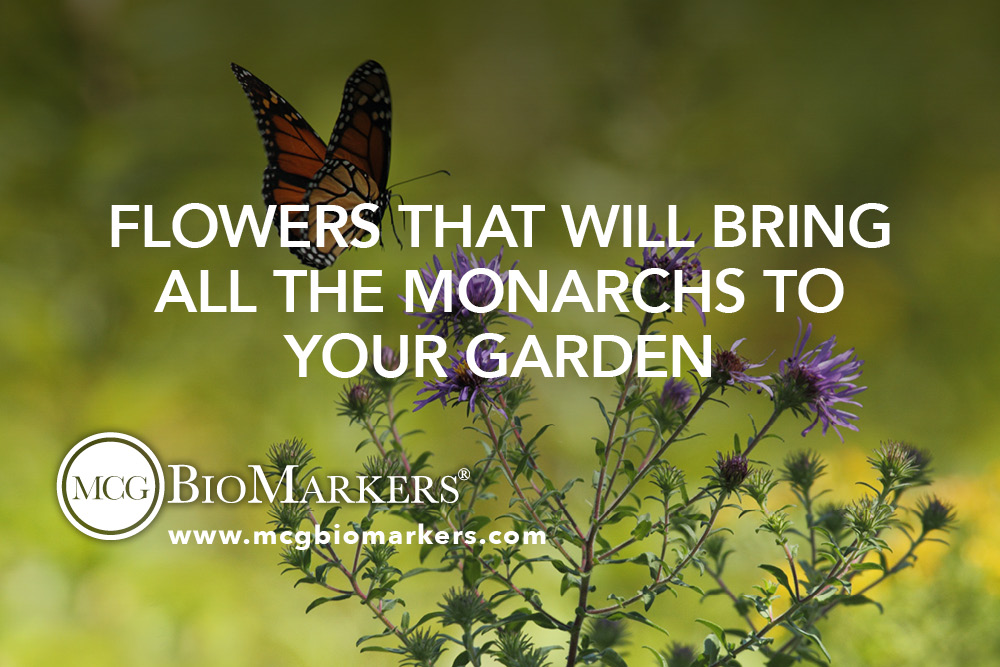 As spring comes, monarch butterflies will start to make their journey northward. Their epic migration will range from as far as South America to southern Canada. Along the way, they will need access to nectar sources and host plants where they can lay the eggs of their newest generation. So the question is, as an Iowa gardener, what can you do to encourage monarchs to hang around?
As spring comes, monarch butterflies will start to make their journey northward. Their epic migration will range from as far as South America to southern Canada. Along the way, they will need access to nectar sources and host plants where they can lay the eggs of their newest generation. So the question is, as an Iowa gardener, what can you do to encourage monarchs to hang around?
The answer is simple: plant what they like and they will come.
About 10 years ago, monarchs could be seen everywhere in this country come fall. Monarch populations have severely dwindled, especially here in the Midwest. Monarchs feed off of various plants from the milkweed genus but since those plants are toxic to livestock, farmers in Kansas, Iowa, and Missouri started to eradicate the plants. As a result, the vast cornfields of Iowa’s landscape no longer attract monarchs like they once did. Stripped of its preferred reproduction sites and places to feed, the monarch is difficult to find in Iowa now.
As organic gardeners, we know the importance of keeping monarchs around since they’re excellent pollinators who help us maintain our biodiversity. The good news is that there are several ways we can encourage them to keep coming around and the solution starts with the garden.
Here’s a list of the flowers and plants that will encourage monarchs to frequent your garden:
Goldenrod and aster: These plants are often seen along roadside ditches, old fields, and lawn edges. They are important nectar sources for monarchs but are often sprayed with herbicide or mowed down. Once the flowers of summer fade, monarchs will turn to plants such as these, so make some space in your garden for goldenrod and aster. Doing so doesn’t mean that you have to sacrifice your garden’s appearance, however, as the New England aster comes in all shades of pink and purple.
One of the best things you can do to attract monarchs is to provide nectar-rich plants for them. Goldenrods are native to North America and come in a variety of species. From large or small to compact or leggy, you can choose the variety that best suits your garden. The bright yellow flowers that grow on these plants provide the delicious sweet stuff that monarchs love.
Milkweeds: As we said before, the agricultural industry has been waging a war on milkweeds for years, which is understandable since they’re harmful to livestock. In Iowa, it’s easy for us to add these plants to our gardens because they’re transcontinental and easy to grow in our climate. The seeds come in pointy seed cases that erupt to reveal teardrop-shaped seeds, each of which is complete with a fluffy parachute like a dandelion. Scatter them throughout your garden and watch them grow.
Even though monarchs are present in the summer, it’s recommended to maintain diversity in your garden throughout each of the seasons. Start in the early spring with any flowers you like who’s blooms will be colorful and visible from a distance. We also recommend the specific varieties below:
- New England aster
- Pacific aster
- Seaside goldenrod
- California goldenrod
- Canada goldenrod
- Mountain mint
- Woodland sunflower
- Showy milkweed
- Common milkweed
- Purple milkweed
- Buttonbush
- Beggarticks
- Antelope horns
- Tickseed
- California lilac
- Rabbitbrush


